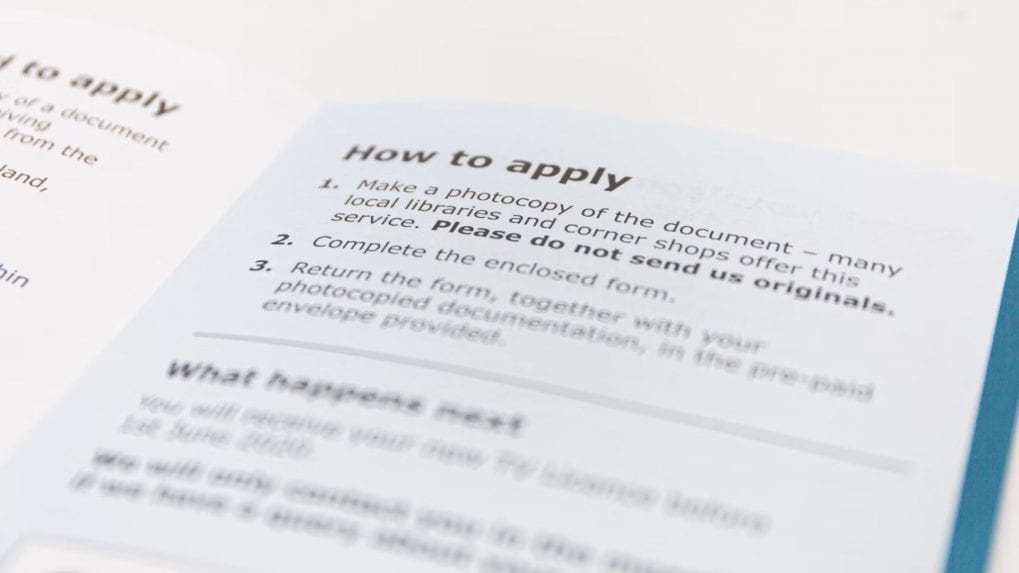Explained: The U.S. visa crisis leaving Indians in immigration limbo
Trump administration's visa clampdown and digital surveillance spark uncertainty for thousands of Indians pursuing education and careers in the U.S.
ADVERTISEMENT
In recent months, Indian nationals aspiring to study, work, or settle in the United States have encountered a series of escalating challenges.
From abrupt halts in student visa interviews to prolonged green card backlogs, the evolving U.S. immigration landscape under the Trump administration has introduced significant uncertainties.
These developments not only disrupt individual aspirations but also have broader implications for educational institutions and bilateral relations between India and the U.S.
Also Read: Explained: LOL for ROI - why Meme Marketing is the Internet’s favorite ad strategy
Here's a breakdown of immigration hurdles faced by Indians.
Suspension of student visa interviews
The U.S. State Department has temporarily paused the scheduling of new student visa interviews worldwide, including in India. This decision, part of an initiative to expand social media vetting of applicants, has left many Indian students in limbo, uncertain about their academic futures in the U.S.
While students with existing appointments can proceed, those without scheduled interviews face delays. The U.S. Embassy in India has clarified that this pause is temporary and that new slots will be made available soon.
Enhanced social media scrutiny
The Trump administration's emphasis on national security has led to intensified scrutiny of visa applicants' social media profiles. Particularly, individuals expressing views critical of U.S. policies or involved in certain political activities may face heightened examination.
This increased surveillance has raised concerns among prospective students and professionals about privacy and the potential for misinterpretation of online content.
Green card backlogs for H-1B holders
Indian professionals on H-1B visas are experiencing significant delays in obtaining green cards, primarily due to outdated country-specific quotas.
Despite India being a major source of STEM talent, the annual cap on green cards has not been adjusted to reflect current demand, resulting in wait times that can span decades.
Proposed legislative changes, such as the Fairness for High Skilled Immigrants Act, aim to address these disparities by eliminating per-country caps. However, these reforms have yet to be enacted, leaving many in prolonged uncertainty.
Impact on U.S. educational institutions
The visa restrictions and uncertainties are not only affecting students but also U.S. educational institutions that rely heavily on international enrollments.
Indian students constitute a significant portion of the international student body, and their potential decline could have financial implications for universities.
Some institutions have already reported concerns about decreased enrollment and the associated economic impact, prompting calls for policy reassessment.
Shift towards alternative destinations
In light of the challenges faced in securing U.S. visas, many Indian students and professionals are exploring alternative countries for education and employment opportunities.
Nations like Canada, Australia, and European countries are witnessing increased interest due to their more accommodating immigration policies and clearer pathways to permanent residency.
This shift could have long-term implications for the U.S.'s position as a preferred destination for international talent.
The current U.S. immigration policies present significant hurdles for Indian nationals seeking to study, work, or settle in the country.
While national security and policy integrity are valid concerns, the balance between these priorities and the aspirations of international applicants is delicate. As the situation evolves, prospective applicants are advised to stay informed through official channels and consider alternative pathways to achieve their goals.
Also Read: SRK's dazzling debut, secret guest rules & $75k tickets: Met Gala EXPLAINED!


